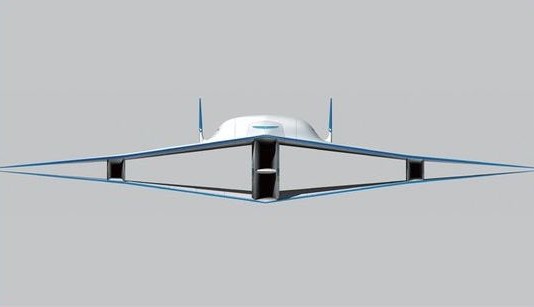Supersonic Biplane without Sonic Boom
on

Remember the Concorde or the Tupolev Tu-144, the only civilian airliners to fly beyond the speed of sound? One of the main problems of the Concorde was the amount of noise that it produced, so much that it was not allowed to fly over land. The noise was not only due to its motors, but also to the sonic boom that is produced when an aircraft breaks through the sound barrier.
German engineer Adolf Busemann first calculated in the 1950s how a biplane configuration with triangular wings connected at the tips could cancel out the shock waves caused by each wing and that are responsible for the sonic boom. However, such a configuration creates a very narrow channel that chokes off the air flowing between the wings and it suffers from huge drag that could prevent the aircraft from reaching supersonic speeds.
Trying to solve these problems a team of researchers from MIT and Stanford first simulated some 700 biplane configurations at different speeds and then picked the best overall performing design. Such a design would not only limit the noise, it could also half the amount of fuel needed for a supersonic aircraft, which in turn could enable hypersonic civilian jetliners that travel at more than five times the speed of sound.
Illustration: Institute of Fluid Science, Tohoku University



Discussion (0 comments)